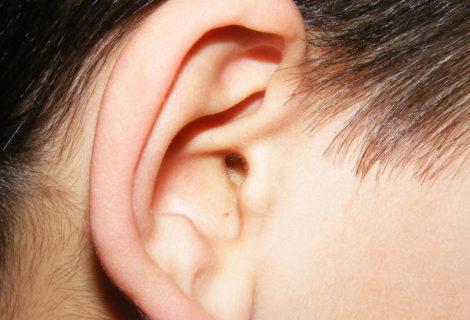Are adolescent boys at risk of Spondylolisthesis?
Spondylolisthesis (SPON-dill-oh-lis-THEE-sis) is a condition in which one of the vertebrae slips forwards on top of another. It usually occurs at the base of the lumbar spine and can be caused by a variety of reasons.
It is most commonly found in adolescent boys, particularly those who play contact sports.
Causes:
- Congenital – meaning it is a condition that occurs from birth or during development.
- Traumatic – often from playing contact sports such as football and rugby, hard falls or kicks to the lower back or repetitive extension movements of the spine during weightlifting, rowing or gymnastics.
- Degenerative – as we age the bones in the spine become less stable and this can cause them to slip.
Sometimes the slip can be felt as an inwards dip in the spine and it can be confirmed by an x -ray. The severity of the condition is usually graded 1-5; 5 being the most severe.
The symptoms of this condition can vary widely depending of the severity of the slippage and if there is any nerve compression involved. Symptoms can include back pain, leg pain, pins and needles and limited movement in the lower back.
Spondylolisthesis is a condition that people can sometimes confuse with other conditions with similar sounding names. It is not to be confused with spondylosis – a term meaning spinal pain, often used when describing someone with arthritis of the spine.







